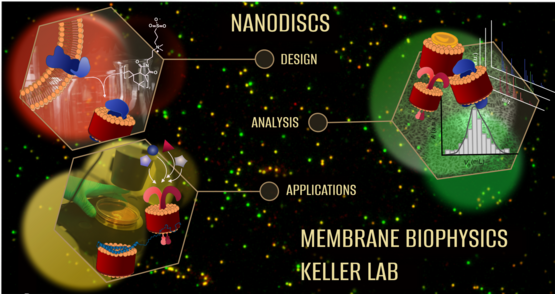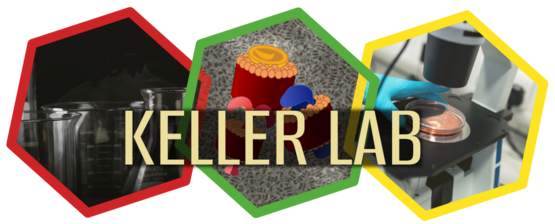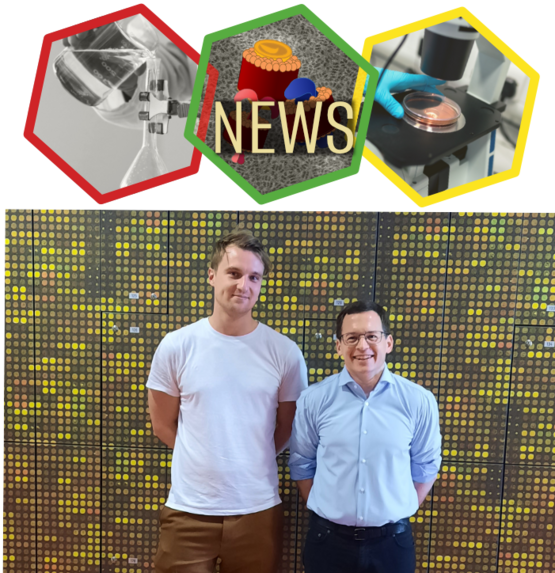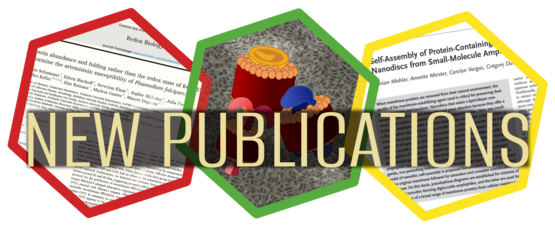Membrane Biophysics
Membrane proteins represent about one third of all cellular proteins. They play key roles in the exchange of information and the transport of substances between and within cells. Due to their diverse tasks and the possibility of manipulating them from outside the cell, they are attractive targets for drug discovery.
Because of their hydrophobic properties, membrane proteins are difficult to study. They are most stable and perform their physiological functions best when embedded in a lipid bilayer. Traditionally, detergents are used to first extract proteins from cellular membranes and then reincorporate them into artificial, well-defined membranes. Unfortunately, this procedure often destroys the structure and functionality of the target protein.
Our vision is to extract membrane proteins directly from cellular membranes into native nanodiscs without using conventional detergents. Thus, the proteins remain in a lipid bilayer, which allows biophysical and structural studies under well-defined, yet native-like, conditions.
We pursue three main objectives:
- design and functionalization of new compounds using organic synthetic chemistry to produce nanodiscs with improved properties;
- development and application of biophysical methods to study the properties of proteins and lipids in nanodiscs;
- application of nanodiscs to answer biomolecular questions, such as exploring protein interaction networks and investigating drug targets.
More information about our research can be found here.
Sandro Keller
Institute of Molecular Biosciences (IMB)
Humboldtstr. 50/III
8010 Graz, Austria
FULL-MDS: Fluorescent Universal Lipid Labeling for Microfluidic Diffusional Sizing. Anal Chem 2023
Electroneutral polymer nanodiscs enable interference-free probing of membrane proteins in a lipid-bilayer environment. Small 2022
A bioinspired glycopolymer for capturing membrane proteins in native-like lipid-bilayer nanodiscs. Nanoscale 2022





